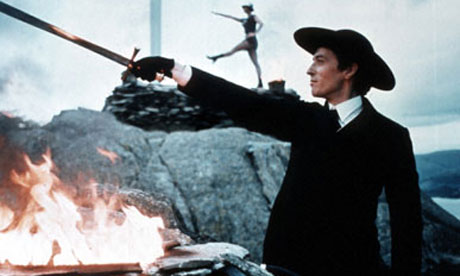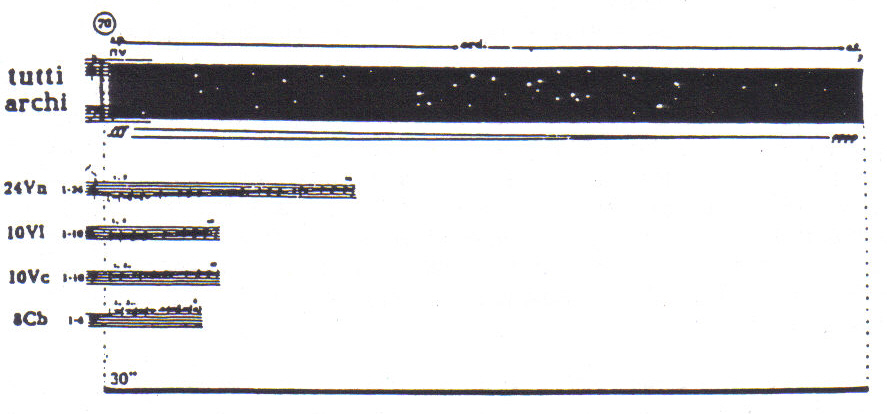Until I return from Colombia at the end of this month, posts will be small and far between. I had a thought, though, on which you may care to chew (and feel free to spit it out in the form of a comment on this blog or an email).
As humans have made increasingly detailed records of music, we have changed the parts of the brain associated with musical aptitude (particularly in the west where music transcription has been held on an extraordinarily high pedistal). Once music is written down, it is no longer an exclusively aural experience, but rather engages visual, spatial and logical aspects of the mind among others. Music documentation in the west has followed a clear genesis from midieval transcriptions of simple, monophonic chant melodies through expansion into multiple cleffs and complex harmonies, to print and mass-produced scores, to the first records using wax tablets to render an analougue reproduction of the sound, to modern recording technology.
My point is simple: when we listen to much of recorded western music, in a sense we are hearing an audio experience of a written description of the origional essence of song rather than pure music directly communicating in it´s origionally intended form. No judgement here, simply an observation. I find it interesting, too how this has often resulted in a very specific, controlled, polished, complete musical experience which lacks the emphasis on virtuosity of a single instrument or voice; hence, those coming from a european musical background (including popular) may be more drawn to the polished, recorded product than to, say, a grippingly emotional vocal performance.
I would get into how this mirror´s German opera´s emphasis on the orchestral experience, but then I´d have to spend more time at this internet cafe.
Hasta luego!







